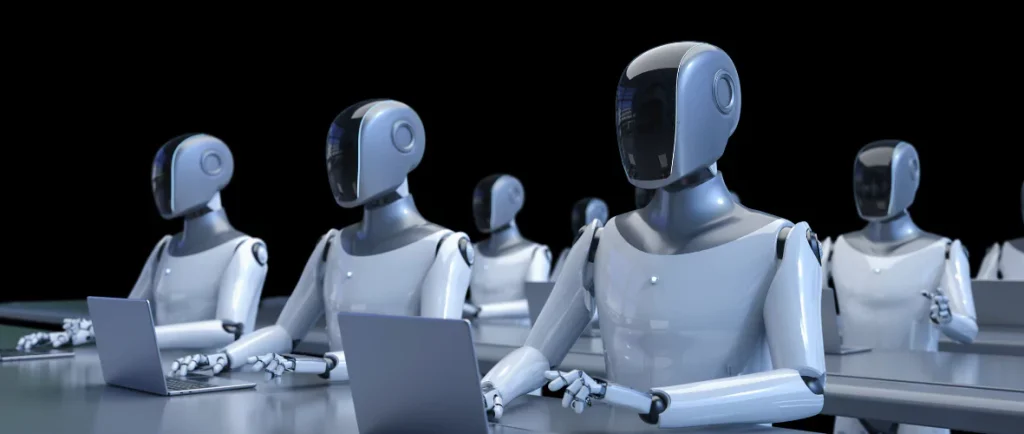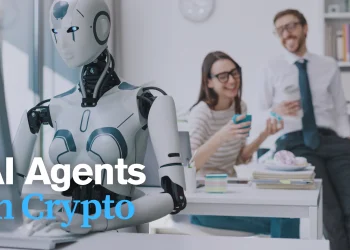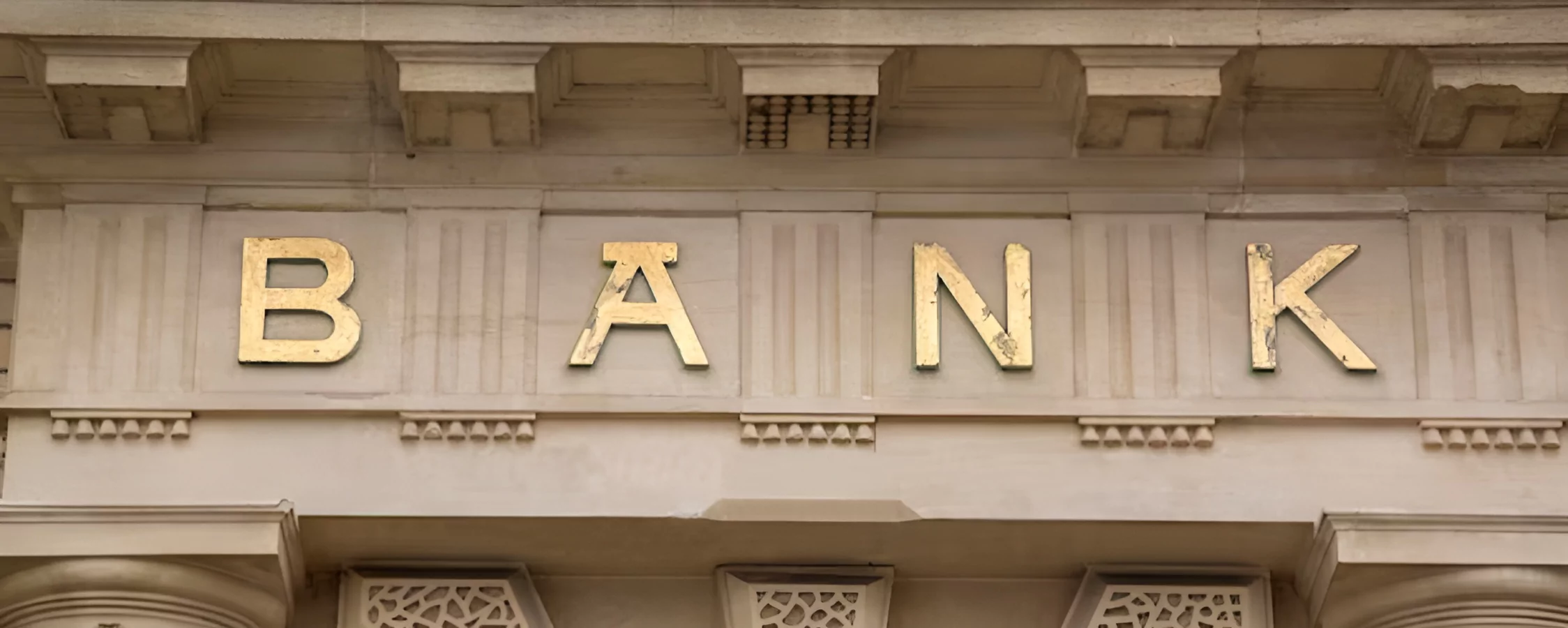OpenAI’s ‘black box’ reportedly controls a staggering 78% of AI’s future trajectory. But guess what? Crypto is quietly building the antidote – and this auditable intelligence movement is already worth a colossal $36 billion. Feels like we’re at a tipping point, doesn’t it? The core tension couldn’t be clearer: opaque, centralized AI giants holding the reins versus blockchain’s promise of open, verifiable intelligence. While the broader crypto market managed a modest 8.5% average gain in 2025, AI tokens soared with an impressive 31.4% average gain. This isn’t just crypto throwing money at AI startups; this is crypto fundamentally rebuilding AI’s infrastructure to be open, user-owned, and democratic. Forget just funding the future; crypto is building the foundation it runs on.
Prediction 1: AI DAOs Will Manage $500M+ Assets by 2026
Imagine organizations run not by boards of directors, but by incorruptible, hyper-efficient AI algorithms governed by transparent code. That’s the AI DAO future barreling towards us. Think it’s sci-fi? Look around. MakerDAO already manages a jaw-dropping $7.5B in assets. Over in traditional finance, AI trading algorithms are quietly handling over $1.1 trillion. The tech trigger is here: Chain-native language models like CodeLlama are now detecting smart contract vulnerabilities with 92% accuracy. That’s better than most human audit teams!
The impact? Monumental. We’ll see AI DAOs autonomously managing treasuries, intelligently rebalancing yields across DeFi protocols for maximum efficiency 24/7. Crucially, they’ll drastically reduce human corruption risk by leaving an immutable, on-chain decision trail. Every move, auditable. Of course, it’s not all smooth sailing. Regulatory gray zones for these autonomous entities are a major hurdle. Who gets the blame if an AI DAO makes a bad call? Regulators are scrambling to figure it out, but the tech is racing ahead regardless. The $500M+ milestone isn’t a maybe; it’s a when.
Prediction 2: Decentralized AI Training Cuts Costs by 80%
Here’s the dirty secret of Big AI: Training the next monster model like GPT-5 might cost upwards of $2.5 billion. That’s billion with a ‘B’. Why? Largely due to the eye-watering cost of centralized cloud computing power. It’s a massive barrier to entry, locking innovation behind corporate vaults. Crypto’s solution is elegant and powerful: decentralized compute markets. Platforms like Akash Network are flipping the script, offering vital GPU power for AI training at a fraction of the cost – think $0.50/hr versus AWS’s $4.50. That’s not just a discount; it’s a revolution.
But it’s not just about raw power; it’s about quality and incentives. This is where projects like Bittensor shine with their ingenious “Proof-of-Intelligence” mechanism. They don’t just pay for compute time; they reward participants with TAO tokens for producing high-quality machine learning outputs. It turns a global network of GPUs into a competitive marketplace for intelligence itself. Need proof it works? Look at DeepBrain Chain: they slashed healthcare AI training costs by a staggering 84% using their decentralized node network. This 80% cost reduction prediction isn’t optimistic; it’s becoming the standard for innovators who refuse to pay the Big Tech tax.
Prediction 3: AI Agents Become Crypto’s Top Users

Get ready for a new kind of crypto power user: the AI agent. By 2026, analysts predict AI-driven dApps will process a mind-blowing 40% of all DeFi trades. These aren’t sci-fi fantasies; they’re sophisticated algorithms operating autonomously on-chain. How? Picture this: Autonomous traders relentlessly scanning blockchains, sniping liquidity arbitrage opportunities faster than any human ever could. Platforms like Hyperliquid have already demonstrated the potential, showcasing AI agents racking up gains like +51.35%. They trade while you sleep!
And it’s not just finance. The creative economy is exploding too. Take Botto, the AI artist. It generates artwork, the community votes on the best pieces, and then they’re minted as NFTs. Simple? Maybe. Profitable? Absolutely – Botto earned $2.7M in 2024 alone. For these AI agents to thrive, they need reliable, real-world data fed directly into smart contracts. That’s the critical role of AI oracles like Oraichain. They act as the trustworthy bridge between off-chain data and on-chain intelligence, enabling these agents to make informed, autonomous decisions. Forget whales; the biggest players in crypto soon might not be human at all.
Prediction 4: Tokenized IP Generates $18.9T in RWAs
The tokenization of real-world assets (RWAs) is already a juggernaut, projected to grow at a 53% CAGR, potentially reaching $18.9 trillion by 2033. Now, inject AI into this mix. The synergy is explosive, particularly for intellectual property (IP). How? Smart contracts can automatically track usage and distribute royalties for AI-generated content – music, art, code, you name it. No more chasing payments or complex licensing deals. Imagine an AI composing a track used in a viral video; the smart contract instantly pays the AI model owner, the training data providers (if applicable), and any human collaborators, all defined transparently on-chain.
Projects like Ample Protocol are pioneering this, demonstrating how tokenizing IP can slash media licensing times by 47%. Suddenly, creators get paid faster and fairer. This isn’t niche. Heavyweights like BlackRock are diving in headfirst with initiatives like BUIDL (raising $240M), alongside specialized chains like Polymesh and platforms like Ondo Finance. Tokenized IP is the key to unlocking the massive value of AI-generated assets, turning intangible creations into liquid, tradable RWAs on a scale we’ve barely begun to grasp.
Prediction 5: Privacy-Preserving AI Dominates Enterprise Adoption
Businesses are waking up to a harsh reality: They desperately need AI, but they can’t risk leaking sensitive customer data or deploying unexplainable “black box” models. A significant 68% of firms now demand auditable AI to meet tightening regulations like the EU’s MiCA and the looming U.S. GENIUS Act. This is where crypto-native privacy tech becomes non-negotiable. Crypto offers the unique edge enterprises crave: privacy-preserving AI.
Techniques like federated learning (pioneered by projects like Ambient) allow AI models to be trained directly on user devices without ever sharing raw data centrally. Even more powerful are zero-knowledge proofs (zkML), which allow an AI model to prove its output is correct based on valid input data, without revealing the sensitive input data itself. Think verifying loan eligibility or fraud detection without exposing personal financial details. It’s game-changing. Major institutions like JPMorgan are already testing solutions like Oraichain for privacy-focused KYC/AML checks. For enterprises wanting AI power without the privacy nightmare or regulatory fines, crypto-powered privacy isn’t just nice-to-have; it’s the only viable path forward.
Conclusion | The Future Of AI In Crypto
The convergence of AI and crypto isn’t just a market trend; it’s a fundamental reimagining of how intelligence is created, shared, and owned. Centralized AI’s black boxes and data monopolies are facing a potent challenge from blockchain’s transparency, decentralized resources, and user-centric models. From AI DAOs managing vast treasuries and slashing training costs by 80%, to autonomous agents trading DeFi and tokenized IP unlocking trillions, the predictions paint a picture of a radically more efficient, open, and democratic digital future powered by AI in crypto. Yes, the path is fraught with regulatory hurdles, centralization risks, and technical complexity. But the momentum – evidenced by that $36B valuation and surging adoption – is undeniable. The revolution in how we build and use artificial intelligence is already underway, and AI in crypto is the fuel and the foundation. The question isn’t if this future arrives, but how proactively we choose to engage with it.













